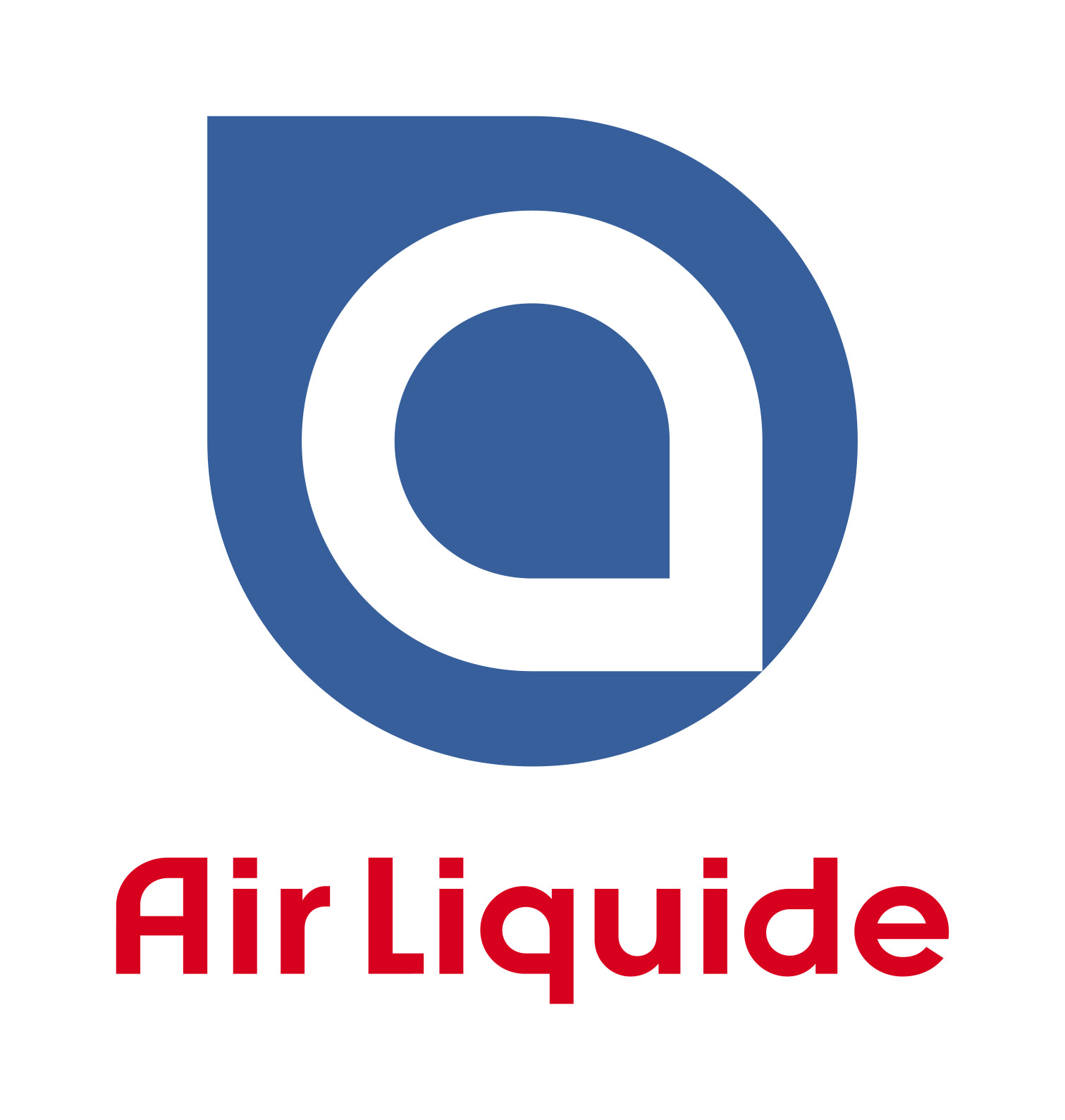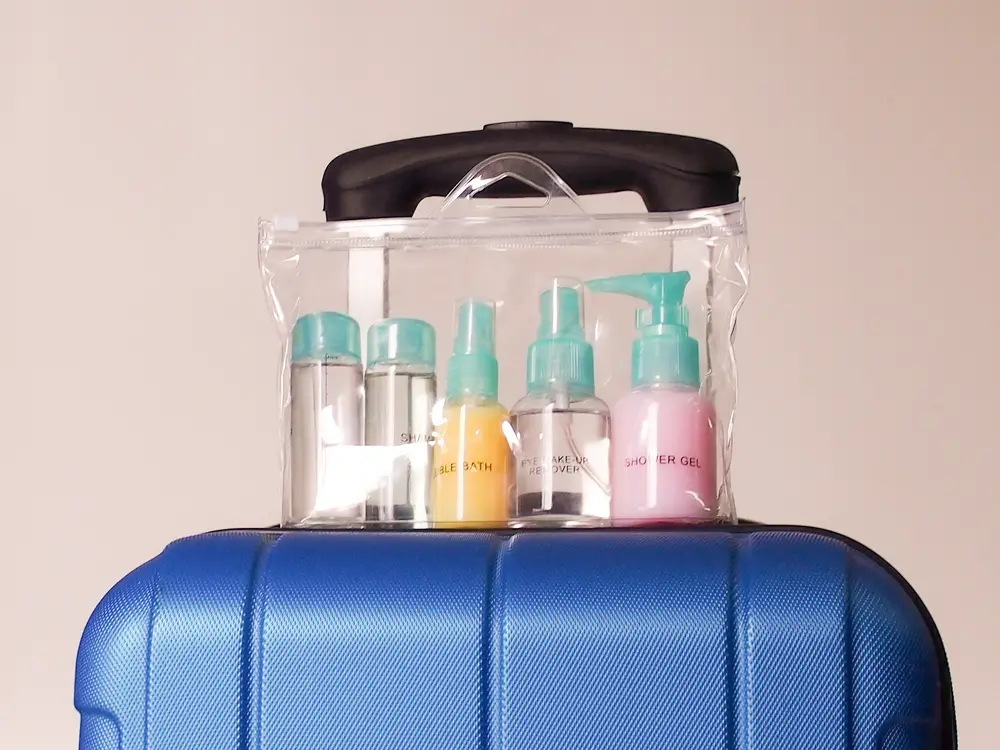Understanding Air Travel Liquid Regulations
Share
:max_bytes(150000):strip_icc()/liquids-on-a-plane-4046937-FINAL-5ba3d35d4cedfd002506643d.png)
Air travel can be an exhilarating experience, but it comes with its own set of rules and regulations, especially when it comes to carrying liquids. Understanding these regulations is crucial for a smooth journey. This article will guide you through the essentials of air travel liquid policies, ensuring you are well-prepared for your next flight.
The Basics of Liquid Regulations

When traveling by air, the Transportation Security Administration (TSA) and other international aviation authorities have established strict guidelines regarding liquids. The most notable rule is the 3-1-1 rule, which states that passengers can carry liquids in containers of 3.4 ounces (100 milliliters) or less, all of which must fit into a single quart-sized, clear, resealable plastic bag. This rule applies to all liquids, gels, and aerosols, including beverages, creams, and lotions.
What Counts as a Liquid?
Understanding what qualifies as a liquid is essential. Here’s a breakdown:
- Liquids: Water, juice, soda, and other beverages.
- Gels: Hair gel, toothpaste, and other similar products.
- Aerosols: Spray deodorants and other spray products.
Exceptions to the Rule
While the 3-1-1 rule is widely enforced, there are exceptions. Medications, baby formula, and breast milk are allowed in larger quantities, but you must declare them at the security checkpoint. Additionally, duty-free liquids purchased after passing through security are permitted, provided they are sealed in a tamper-evident bag.
Tips for Packing Liquids

To ensure a hassle-free experience at the airport, consider the following tips when packing liquids:
-
Use Travel-Sized Containers: Invest in travel-sized containers for your favorite products. This not only saves space but also ensures compliance with regulations.
-
Label Your Containers: Clearly label your containers to avoid confusion during security checks.
-
Keep Liquids Accessible: Place your quart-sized bag in an easily accessible part of your carry-on luggage. This will expedite the security screening process.
-
Check Airline Policies: Different airlines may have specific rules regarding liquids, so it’s wise to check their policies before your flight.
Local Attractions and Unique Experiences

When traveling, it’s not just about the journey; it’s also about the destination. Here are some local attractions and unique experiences to consider when planning your trip:
-
Culinary Tours: Many cities offer food tours that allow you to sample local cuisine. From street food to fine dining, these tours provide a taste of the local culture.
-
Cultural Festivals: Check the local calendar for festivals that celebrate the region’s heritage. These events often feature traditional music, dance, and food.
-
Outdoor Adventures: If you’re a nature lover, look for opportunities to hike, bike, or kayak in the area. National parks and nature reserves often have guided tours available.
Accommodations

Finding the right place to stay can enhance your travel experience. Here are some accommodation options to consider:
-
Boutique Hotels: For a unique experience, consider staying in a boutique hotel that reflects the local culture and style.
-
Vacation Rentals: Platforms like Airbnb offer a variety of rental options, from cozy apartments to luxurious villas.
-
Hostels: If you’re traveling on a budget, hostels can be a great way to meet fellow travelers while saving money.
Conclusion
Navigating air travel liquid regulations doesn’t have to be a daunting task. By understanding the rules, packing wisely, and exploring local attractions, you can make the most of your travel experience. For your next trip, consider booking your accommodations and flights through these links: Hotels & Flights and Transfers. Safe travels!



